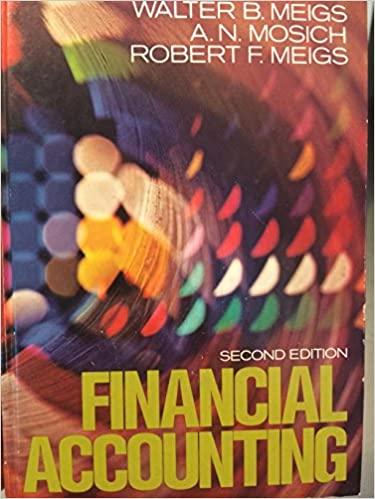
Hart Manufacturing makes three products. Each product requires manufacturing operations in three departments: A, B, and C. The labor-hour requirements, by department, are as follows: Questions Navigation Menu 'duct 2 Product 3 1.50 2.00 2.50 -. 1.00 0.25 B 2.00 C 0.24 0.25 During the next production period the labor-hours available are 450 in department A, 350 in department B, and 50 in department C. The profit contributions per unit are $29 for product 1, $30 for product 2, and $25 for product 3. (a) Formulate a linear programming model for maximizing total profit contribution If the constant is "1" it must be entered in the box. If required, round your answers to two decimal places. Let Pi - units of product produced Max $ PL + $ P2 + $ P3 s.t. Pi + P2+ Ps - Select your answer - Pi + P2 + P - Select your answer PL + P2 + Ps - Select your answer. P1, P2, P3 20 (b) solve the linear program formulated in part (a). How much of each product should be produced, and what is the projected total profit contribution? Product 1 Product 2 Product 3 2 Amount to Produce Profit $ (c) After evaluating e solution obtained in part (b), one of the production supervisors noted that production setup costs had not been taken into account. She noted that setup costs are $600 for product 1, $550 for product 2, and $400 for product 3. If the solution developed in part (b) is to be used, what is the total profit contribution after taking into account the setup costs? (d) Management realized that the optimal product mix, taking setup costs into account, might be different from the one recommended in part (b). Formulate a mixed-integer linear program that takes setup costs provided in part (c) into account Management also stated that we should not consider making more than 175 units of product 1, 150 units of product 2, or 140 units of product 3. What are the new objective function and additional equation constraints? If the constant is "1" It must be entered in the box. " . Let Yl is one if any quantity of product iis produced and zero otherwise. Max $ Pi + P2 $ P3 - $ Y. - $ Y3 s.t. Pi - Select your answer - V Y Y2 P2 - Select your answer - P3 P - Select your answer - V Y3 P1, P2, P320 (e) Solve the mixed-integer linear program formulated in part (d). How much of each product should be produced and what is the projected total profit contribution? Compare this profit contribution to that obtained in part (c). If required, round your answers to nearest whole number. If your answer is zero enter "O". Product 1 Product 2 Product 3 Amount to Produce Updated Profits Hart Manufacturing makes three products. Each product requires manufacturing operations in three departments: A, B, and C. The labor-hour requirements, by department, are as follows: Questions Navigation Menu 'duct 2 Product 3 1.50 2.00 2.50 -. 1.00 0.25 B 2.00 C 0.24 0.25 During the next production period the labor-hours available are 450 in department A, 350 in department B, and 50 in department C. The profit contributions per unit are $29 for product 1, $30 for product 2, and $25 for product 3. (a) Formulate a linear programming model for maximizing total profit contribution If the constant is "1" it must be entered in the box. If required, round your answers to two decimal places. Let Pi - units of product produced Max $ PL + $ P2 + $ P3 s.t. Pi + P2+ Ps - Select your answer - Pi + P2 + P - Select your answer PL + P2 + Ps - Select your answer. P1, P2, P3 20 (b) solve the linear program formulated in part (a). How much of each product should be produced, and what is the projected total profit contribution? Product 1 Product 2 Product 3 2 Amount to Produce Profit $ (c) After evaluating e solution obtained in part (b), one of the production supervisors noted that production setup costs had not been taken into account. She noted that setup costs are $600 for product 1, $550 for product 2, and $400 for product 3. If the solution developed in part (b) is to be used, what is the total profit contribution after taking into account the setup costs? (d) Management realized that the optimal product mix, taking setup costs into account, might be different from the one recommended in part (b). Formulate a mixed-integer linear program that takes setup costs provided in part (c) into account Management also stated that we should not consider making more than 175 units of product 1, 150 units of product 2, or 140 units of product 3. What are the new objective function and additional equation constraints? If the constant is "1" It must be entered in the box. " . Let Yl is one if any quantity of product iis produced and zero otherwise. Max $ Pi + P2 $ P3 - $ Y. - $ Y3 s.t. Pi - Select your answer - V Y Y2 P2 - Select your answer - P3 P - Select your answer - V Y3 P1, P2, P320 (e) Solve the mixed-integer linear program formulated in part (d). How much of each product should be produced and what is the projected total profit contribution? Compare this profit contribution to that obtained in part (c). If required, round your answers to nearest whole number. If your answer is zero enter "O". Product 1 Product 2 Product 3 Amount to Produce Updated Profits







